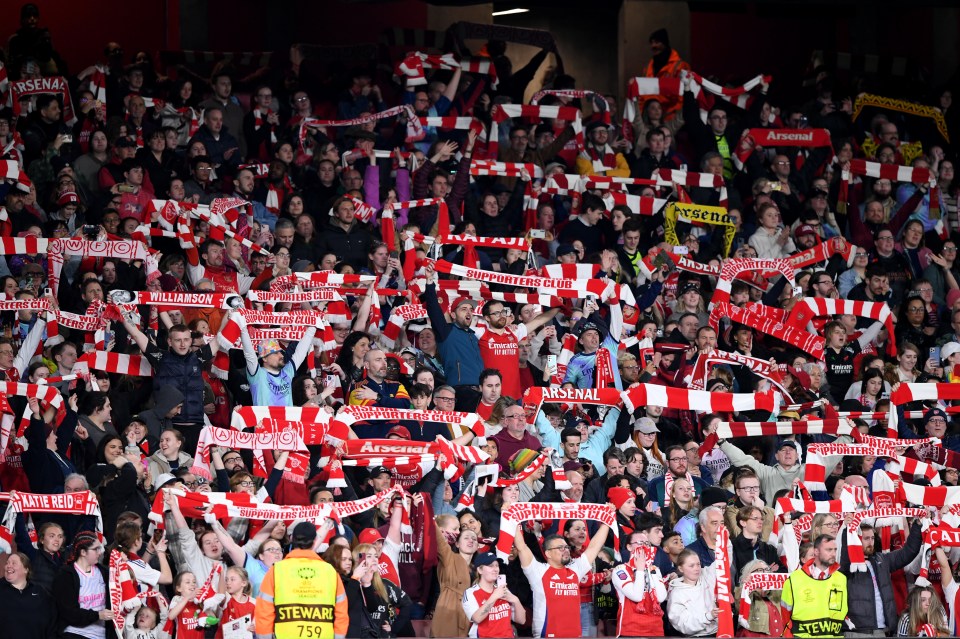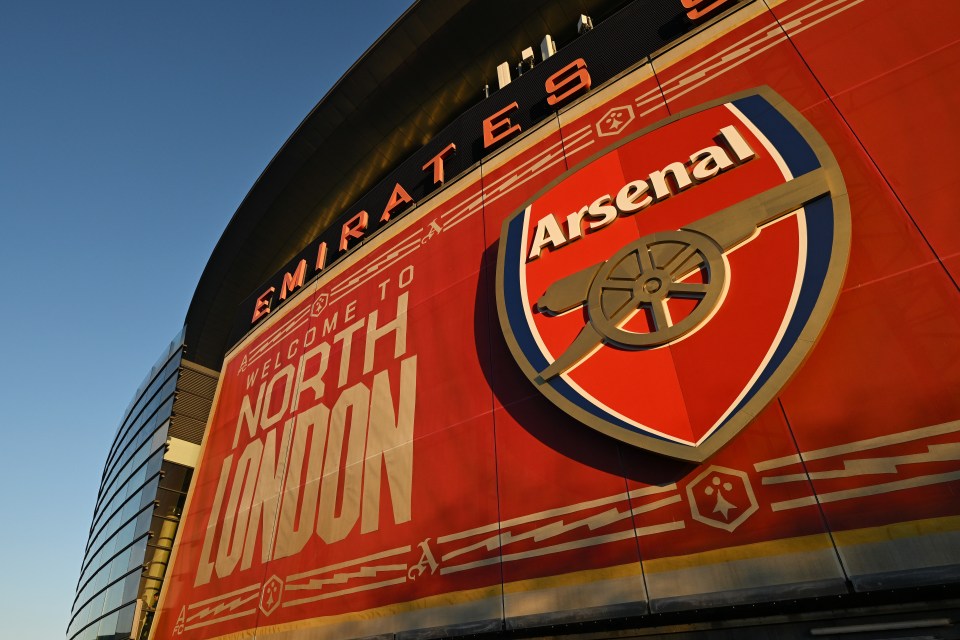IT came home. Again.
England retained their European title on Sunday with a dramatic win against Spain.
The Lionesses received a heroine’s welcome upon their arrival back in the UK, with hundreds flocking to Southend Airport to catch a glimpse of the trophy and thousands lining the Mall in London for a huge homecoming.
Over 16million people watched the final on British television, making it the most-viewed event of the year so far.
Now, there is hope that those figures will translate to a surge in the WSL’s popularity.
But how can the league make sure that happens?
KEEP THE GAME ACCESSIBLE
ONE of the key factors that attracts so many people to the WSL and the women’s game in general is the accessibility.
Ticket prices are very affordable, so fans are able to attend games on a regular basis.
Champions League winners Arsenal offer tickets from £13.15 per adult, with child tickets costing around £7.40 for Emirates Stadium fixtures.
Similarly, treble-winners Chelsea offer tickets ranging from £7 to £15 for their games at Stamford Bridge.
Both clubs have also offered season tickets and stadium passes for league fixtures, some of which total less than £100 per person.
Keeping ticket prices low also makes it affordable for many families.
The women’s game has tapped into the family-friendly market for years and continues to do so, which makes it more appealing for parents with young children.
For plenty of English fans, the WSL is their child’s introduction to football so maintaining low prices keeps it accessible.
Clubs might even start to consider offering access to women’s games as part of men’s season tickets to drive up interest further.
The Lionesses have continued to speak about inspiring the next generation of young footballers. The WSL and its clubs need to make sure those children can experience the sport live.
USE CLUB STADIUMS
ARSENAL have been trailblazers in the growth of women’s football in recent years.
Last year, the WSL giants made the 60,000-capacity Emirates Stadium their main home in a landmark move.
And last month it was announced that they will play all of their 2025-26 WSL home games there for the first time.
Other clubs have also adopted such an approach, with Leicester playing all of their home fixtures at the King Power Stadium and Aston Villa playing theirs at Villa Park.
Furthermore, Everton announced in May that Goodison Park, the club’s iconic 133-year-old stadium, will become the home of the women’s team from the 2025-26 season.
With the men’s first team moving to the brand-new Hill Dickinson Stadium, club officials decided against demolishing Goodison and instead allocated the ground to their WSL side.
The opportunity will surely see a significant increase in fans going to watch Everton, especially given the nostalgic element associated with Goodison Park.
But while the likes of Arsenal, Aston Villa, Leicester and Everton have offered such opportunities to their women’s teams, West Ham are still limiting theirs to the Chigwell Construction Stadium in Dagenham.
The Hammers did not play a single WSL match at the London Stadium last season, a move that has disappointed fans.
For women’s football to continue growing in England, more clubs need to allow their women’s teams to compete at their main stadiums on a regular basis.
KEEP INVESTING IN TOP TALENT
THIS summer we finally saw the first £1million transfer completed in women’s football.
Olivia Smith joined Arsenal from Liverpool in a record move, making her the most expensive female player in the world.
The transfer fee surpassed the record previously set when Naomi Girma joined Chelsea from San Diego Wave for £874,000 in January.
That month, we also saw Lionesses midfielder Keira Walsh return to the WSL from Barcelona.
In recent years, we have seen the likes of Mayra Ramirez and Kyra Cooney-Cross moving to England for significant fees.
Keeping top talent in the WSL increases the quality of football which then will continue to increase the viewership.
MAINTAIN TV COVERAGE
Sky Sports is about to embark on a new five-year partnership with the WSL that will see 90 per cent of the league fixtures broadcast across its channels.
The BBC will also show 21 top-flight games every season until 2030 with the remaining fixtures available to watch live on YouTube.
In recent years, one WSL fixture has taken place on a Saturday lunchtime, with the remaining ones scheduled for the Sunday.
The majority of weekly fixtures have been pencilled in for a 2pm or 3pm slot, with the final game at 6:45pm – a time which has widely been considered unfavourable by regular matchgoing fans.
This term, however, the WSL is expected to ditch the late Sunday slot in favour of noon kick-offs for the majority of games.
The league is also expected to trial more Friday night kick-offs as broadcasters and organisers continue in their bid to maximise in-person attendances and TV audiences.
Most of the proposed slots would not clash with the Premier League fixture schedule, which should allow fans to watch and follow both the men’s and women’s teams of their favourite club – a move which will hopefully add to the growing viewership and popularity of the WSL in the wake of England’s Euro 2025 success.



















